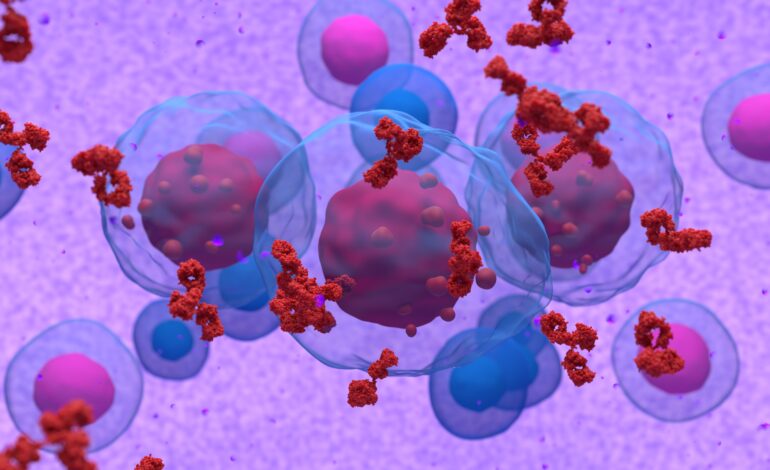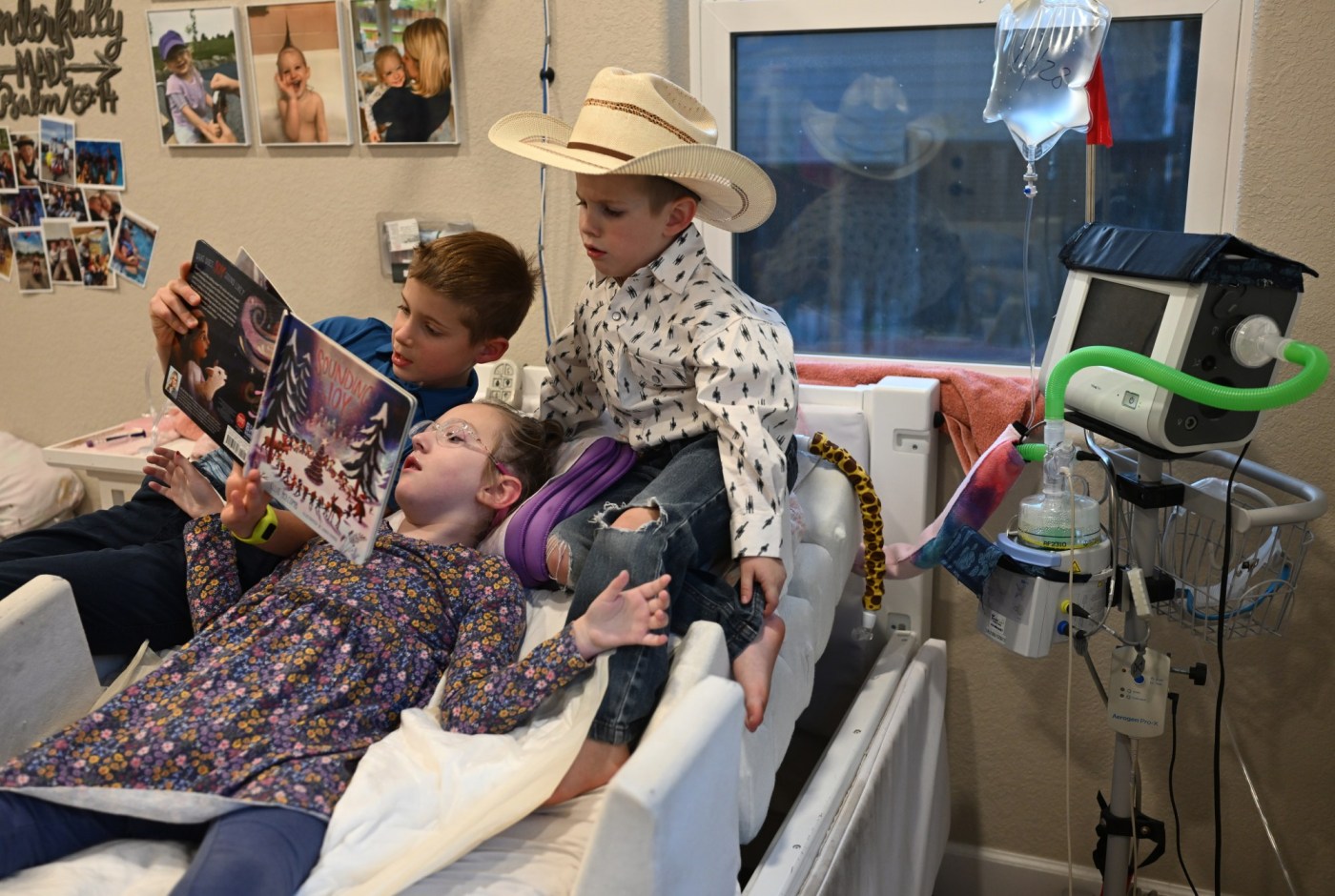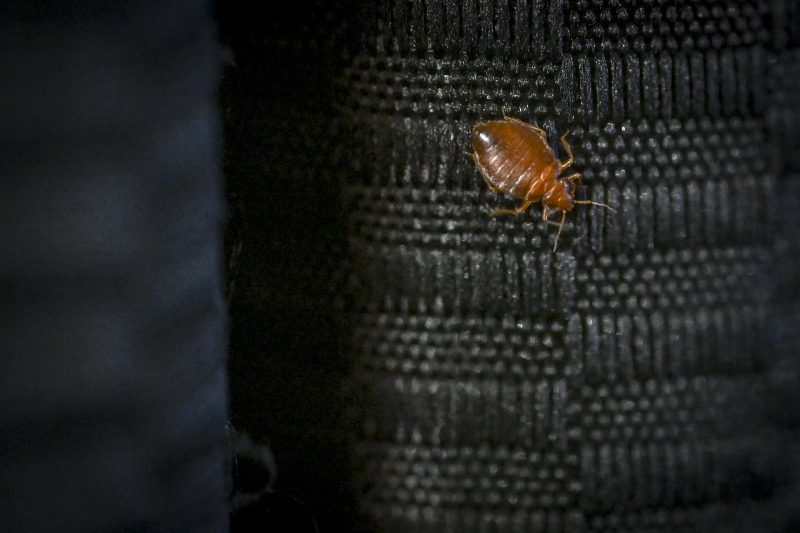Cilta-Cel Offers Hope for Curing Multiple Myeloma: Key Findings

BREAKING: New data from the CARTITUDE-1 trial reveals that 30% of patients with relapsed/refractory multiple myeloma (R/R MM) remain disease-free after 5 years following a single infusion of ciltacabtagene autoleucel (cilta-cel). This groundbreaking finding raises exciting possibilities for curative outcomes in advanced treatment scenarios, but experts urge caution regarding the use of the term “cure.”
Presenting at the recent European Hematology Association congress, researchers noted that cilta-cel, developed by Janssen Biotech and Legend Biotech, has shown remarkable efficacy, with an overall response rate of approximately 98% and a median duration of response lasting 21.8 months.
Dr. Victoria Nachar, a clinical pharmacy specialist at Michigan Medicine, emphasized the significance of these results. “The CARTITUDE-1 data showed that 30% of patients are still without disease relapse at 5 years, marking a pivotal moment for treatment definitions in multiple myeloma,” she stated.
Despite this optimism, experts remain careful in labeling cilta-cel as a definitive cure. “The word ‘cure’ is being tossed around, especially on social media,” said Dr. Gabe Hinojosa, another oncology specialist. “We need to be cautious about marketing it as a cure until we have more long-term data.”
Cilta-cel is designed to target the BCMA protein, present in approximately 90% of multiple myeloma cases, allowing T cells to attack cancer cells effectively. The FDA initially approved cilta-cel in 2022 for adult patients who had undergone four or more prior treatments, with expanded indications in 2024 to include those with just one previous line of therapy.
Long-term data from the CARTITUDE-1 trial suggests that 33% of patients remain alive and progression-free without maintenance treatment five years post-infusion. This is a significant achievement for individuals who have exhausted multiple treatment options.
Dr. Matthew M. Lei from Massachusetts General Hospital noted, “The plateau of the progression-free survival curve shows that long-term durable remissions are achievable.” However, he cautioned, “It’s too early to label cilta-cel as a cure without more follow-up data.”
As the medical community digests these findings, the focus will shift to ongoing trials and the maturation of follow-up data. Experts agree that while cilta-cel demonstrates the potential for deep, long-lasting responses, it is crucial to balance hope with a realistic timeline for understanding its full implications in multiple myeloma treatment.
The future of multiple myeloma therapy is bright, but further research is necessary to determine how and when cilta-cel can be best utilized. “We need more follow-up data to know the best timing for administering the therapy and what long-term outcomes look like,” concluded Nachar.
Stay tuned for further updates as the medical community continues to navigate these promising developments in the treatment of multiple myeloma.






